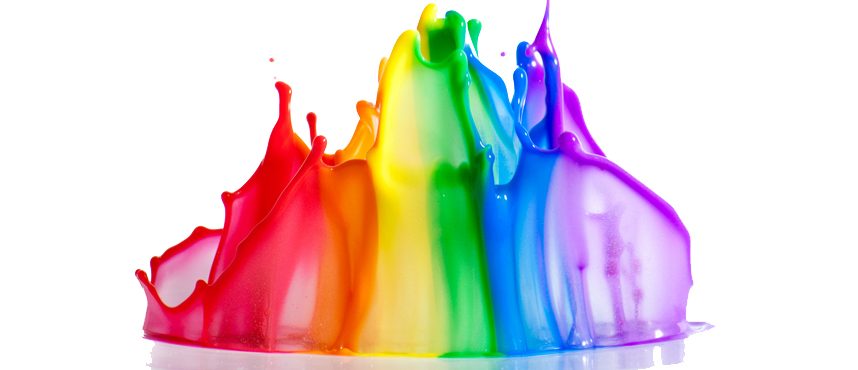Food colour additives have long been in use for enhancing the aesthetic value of foods, beverages and cosmetics, and for identifying and differentiating drugs and other products. Archaeological evidence dates the use of colour additives in cosmetics to 5000 B.C. Romans have been using colours to colour bread and Wine Rose and Violet sugar was very popular with the English. The uses of saffron and Haldi (Turmeric) have been in vogue for a long time.
Before the Industrial Revolution started, the colours which were used were of natural origin. They were extracted by means of solvents from natural products most of these natural colours are solvent soluble colours. Many of these colours have now become permitted natural food colours throughout the world, albeit with stringent specifications based on improvement in technology for extraction and testing over the last decades.
The British scientist William Henry Perkin accidentally developed the first synthetic coal tar dyestuff in 1856, Mauve. This was an alcohol-soluble colour, giving violet purple shade. Later on, it was used for dyeing silk. With this development many manufacturing units in Germany entered into manufacturing coal-tar dyestuffs. Today of course, the east is predominant supplier of dyestuffs to the world market with India becoming an important player in field of food colours and cosmetic pigments.
Colourants for food & cosmetic is niche area within the dyestuffs sector, requiring specialised expertise as humans prefers food & cosmetic products with specific colours.
Among diverse reasons that drive the need for food colouration are the need to offset colour loss due to exposure to light, air, extremes of temperatures, moisture and processing of food. Besides, ‘off colour’ food is also associated with poor quality. Association of the colour of the food with its flavour is important criteria.
Colours also help in differentiating the product. For example imagine having all white coloured capsules to take which may confuse the patient while removing his daily medicines.
Colours in cosmetic applications like colour cosmetics – example – lipsticks, nail lacquer, eye makeup, foundation, blush etc. act as an active ingredient for makeup.


